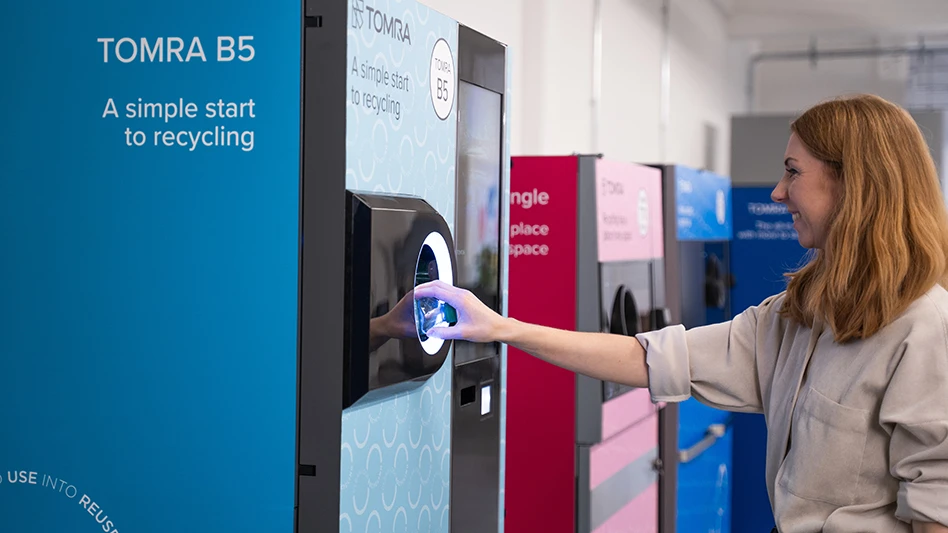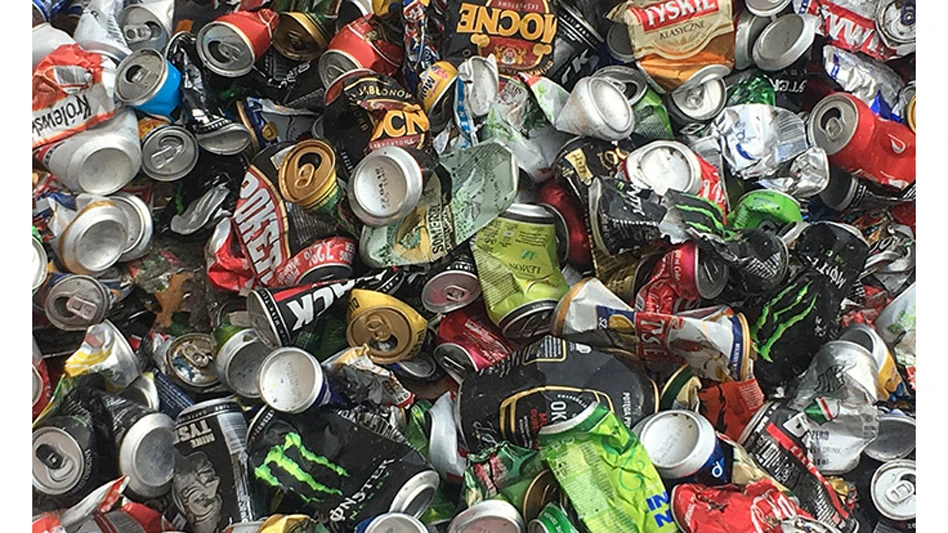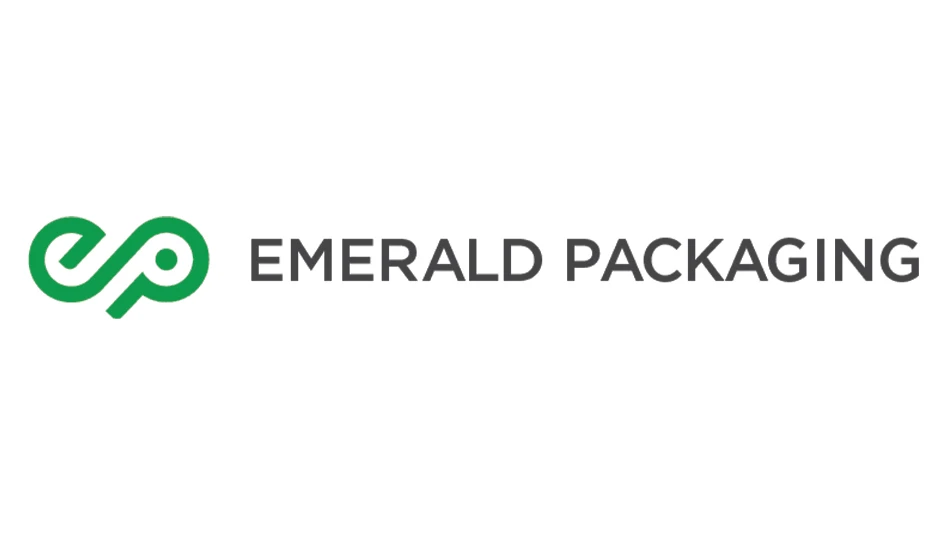
Photo provided by Dreamstime.
A patent applied for by electronics maker Apple shows it used recycled-content aluminum made with used beverage cans (UBCs) layered with another aluminum alloy to create the all-aluminum cladding it offers for some of its MacBook laptop computers.
An article on the PatentlyApple.com website was posted by a writer who studied two recently published United States Patent and Trademark Office patents pertaining to the metals used in the MacBook Air computers.
One of the two patents focuses on a heat-treating process, according to PatentlyApple, while the other is titled “Cosmetic Aluminum Alloys made from Recycled Aluminum Scrap.”
That second patent indicates UBC-content can sheet was used as a substrate in the MacBook cladding. The substrate was then layered over with a custom-designed alloy consisting of aluminum and several other metals.
According to writer Jack Purcher, the visible or surface alloy consists of material including aluminum alloys “made from market scrap” plus copper, manganese, chromium, zinc, iron, titanium, silicon, magnesium and “additional nonaluminum elements.”
The online article also includes drawings submitted in the patent process.
Latest from Recycling Today
- ReMA urges open intra-North American scrap trade
- Axium awarded by regional organization
- China to introduce steel export quotas
- Thyssenkrupp idles capacity in Europe
- Phoenix Technologies closes Ohio rPET facility
- EPA selects 2 governments in Pennsylvania to receive recycling, waste grants
- NWRA Florida Chapter announces 2025 Legislative Champion Awards
- Goldman Sachs Research: Copper prices to decline in 2026





